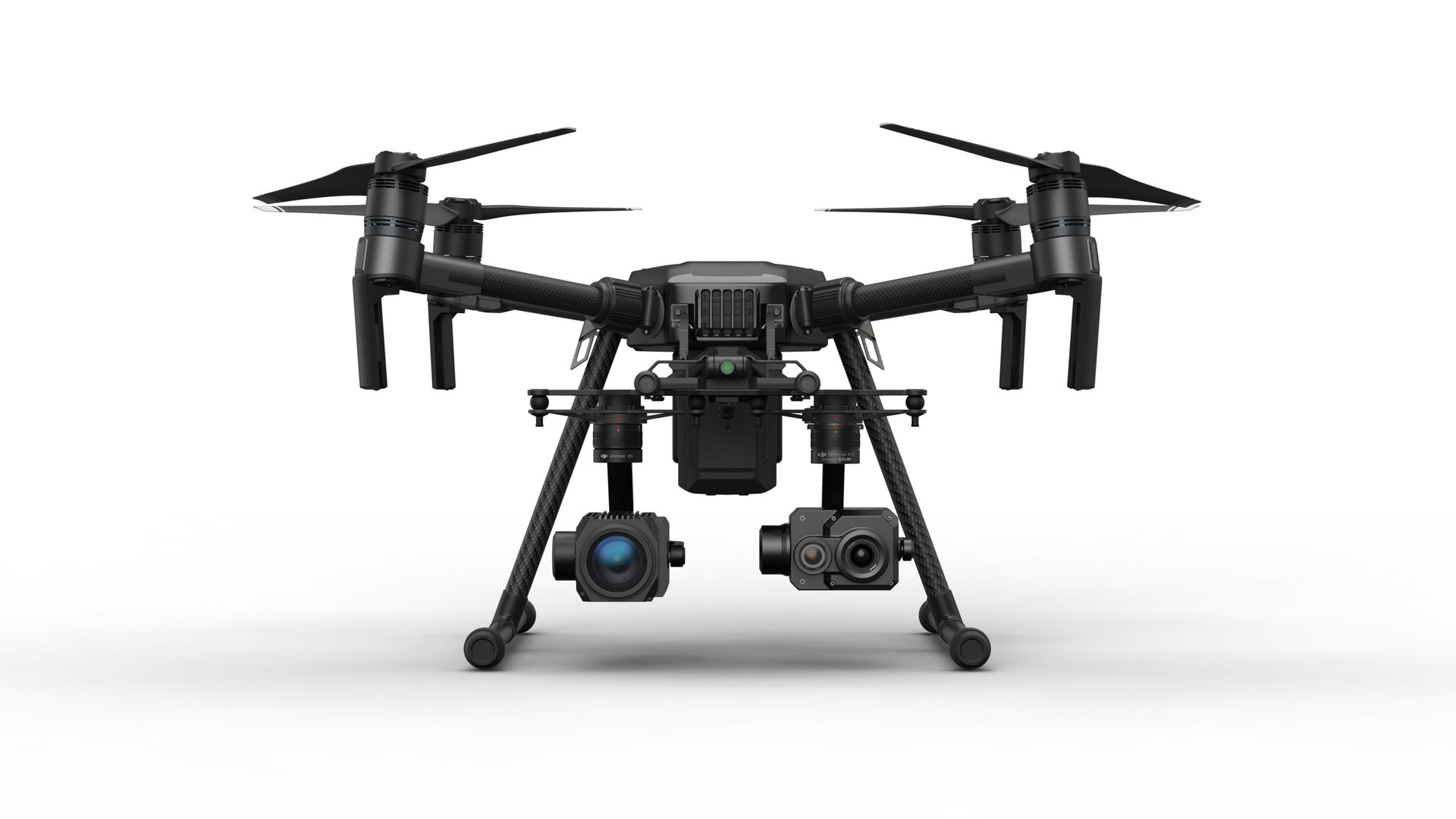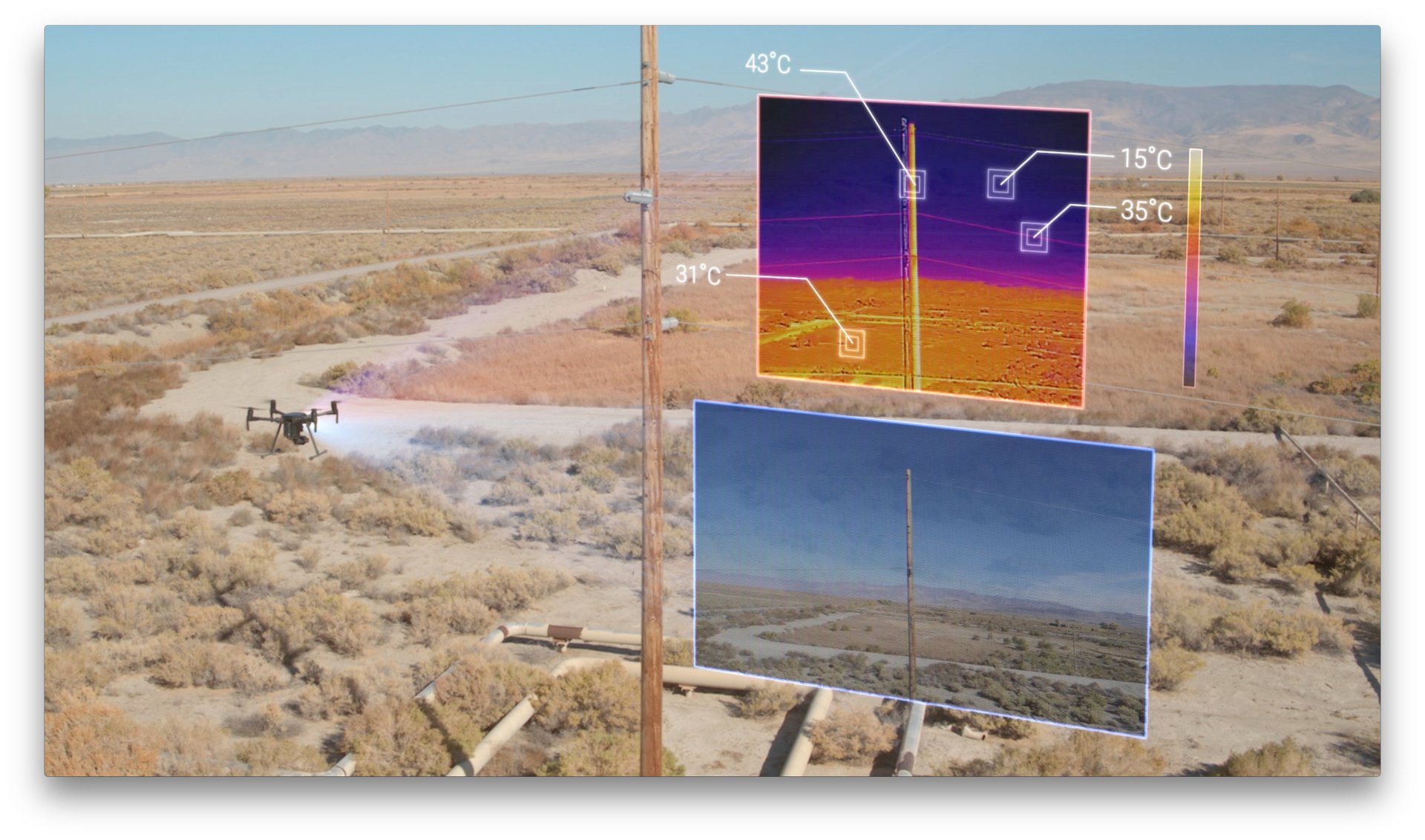The world’s largest consumer drone maker wants to be the world’s largest commercial drone maker
The world’s largest consumer drone manufacturer is making a serious push to bring drones to a wider audience of commercial customers.


The world’s largest consumer drone manufacturer is making a serious push to bring drones to a wider audience of commercial customers.
At an event in California today, March 28, DJI announced the launch of two new products—a thermal-imaging sensor for its drones called the Zenmuse XT2, and a new development kit that’s meant to make it easier for drone owners to slap their own custom sensors, parts, and payloads onto their drones. In short, it’s a way to turn the commercial drones that DJI sells into open platforms for their customers to do with them as they please.
The new kit allows owners of the Chinese manufacturer’s Matrice 200 series of drones to strap basically anything to the drone with an adapter it’s calling the “Skyport.” The adapter gives access to the drone’s gimbal, power supply, and DJI’s APIs, meaning any sensor or device that can be hooked up to it can do so without the need for any additional cables or batteries, effectively acting like a part of the drone itself. Companies that use their own sensors—perhaps, a Geiger counter, a spectrometer, or anything in between—can now survey things from the air with relative ease, assuming they can build a hookup that will work with the Skyport. The adapter also gives the sensors access to the Matrice’s built-in data communications systems, meaning drones could automatically send sensor data back to a company’s management system, without the drone needing to land and have its data offloaded manually.
It’s not like this sort of work isn’t already being done. For example, firefighters in Fort Collins, Colorado, strapped a radiation detector to a DJI drone, pointed it at the drone’s camera, and flew it over potentially hazardous situations, using the camera to read out what the reader had said. With DJI’s new system, they could just hook the sensor directly up to the drone.

DJI’s new camera, built in partnership with thermal-imaging sensor company Flir, will also likely have a wide range of commercial applications. The system allows a drone operator to see both what’s in front of the drone, and the thermal radiation it’s throwing off. A DJI drone with this setup attached can track the hottest signals in its field of view—which would be exceedingly useful for nighttime search-and-rescue missions—or set off alerts when something in view gets about a certain temperature, which could prove useful for inspecting power plants, or power lines. It could even help first-responders more easily assess if people are trapped in burning buildings. DJI told Quartz that pricing for both products should be available next month.
Both of these updates signify a company that wants to take the commercial industry more seriously. DJI has effectively muscled out all competitors in the high-end consumer market, but it seems, given regulatory headwinds and a general plateauing in the number of new people that want to take up aerial photography, it will need to expand into new markets if it’s going to continue to grow. Analysts expect there to be billions of internet-of-things devices flooding various industries in the next few years, turning the connected logistics, transportation, and manufacturing industries into multibillion-dollar opportunities in need of servicing. DJI is setting itself up to be the open platform for companies to experiment with and see what makes sense in the future.
It’s also started working as an original-equipment manufacturer for customers. It announced earlier this month that it had signed a deal with the Japanese construction firm Komatsu to build it 1,000 custom drones, all running the same machine-vision software. The drones are based on the Matrice 100 series, and will be used to survey construction sites, according to The Verge.
In the same way as a company might purchase a fleet of Ford trucks for its workers, or a case of iPhones for its staff, and then fit them out for their specific needs, DJI could soon be in a position to be the drone supplier of choice, whether that’s through buying its off-the-shelf drones, or commissioning custom orders. And some will have you believe that that market opportunity is just around the corner.